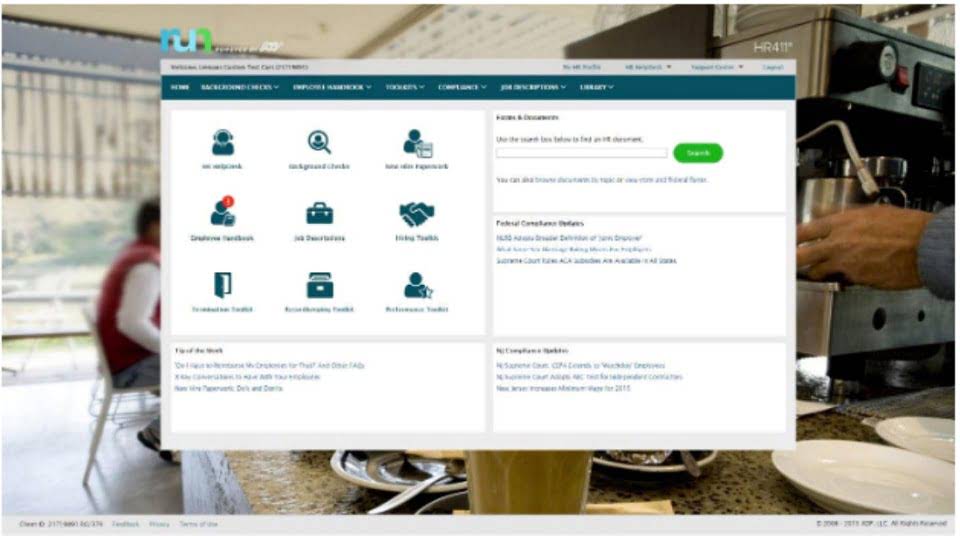
After a company declares a book closure it continues to maintain records of ownership. The record the closing process is sometimes referred to as closing the books. date is the date that companies check to see if an investor is on their books and therefore eligible to receive a dividend. A company’s board of directors establishes a record date after they decide to issue a dividend payment.
Revenue Reconciliation
- This records the transfer of temporary account balances to permanent accounts.
- Acceptance is the stage in which the individual accepts the impending fact that their life is coming to an end.
- The method of counting—whether it is done through a cycle count or full physical inventory—can affect both the efficiency of the process and the resulting data’s accuracy.
- But you won’t know exactly how much of that money you get to keep until you factor in what you’ve spent, what you still owe, and any upcoming expenses you need to plan for.
Most small companies close their books monthly, though some only do so at year’s end. For example, you could choose all entries in 2025, or it could be for Accounts Receivable Outsourcing the month of January 2025 only. Journal entries are transferred to the general ledger when they’re posted to an account, such as accounts receivable.

Credit Cloud
The process begins with verifying that all transactions for the period have been recorded correctly. Errors such as missing invoices or duplicate entries must be corrected to ensure accuracy. We see from the adjusted trial balance that our revenue account has a credit balance. To make the balance zero, debit the revenue account and credit the Income Summary account.

Prepare Closing Entries

Year-end closing is a critical process for any organization, as it ensures that all financial activities for the fiscal year are accurately recorded and reported. This involves a series of accounting procedures to close the books, including reconciling accounts, reviewing financial statements, and making necessary adjustments. Proper preparation can help streamline this process and reduce the risk of errors.

Accounts Receivable Solutions
- Closing or transferring the balance in the Income Summary account to the Retained Earnings account results in a zero balance in Income Summary.
- Sending out customer statements, paying your suppliers, reconciling your bank statement, and submitting sales tax reports to the state are probably some of the tasks you need to do every month.
- Automated bookkeeping can make these processes faster, eliminating time-consuming reconciliation tasks and assembling the results for you.
- Hence, it is important to recognize the distinction between somatogenic and psychogenic causes when diagnosing and treating mental illness.
- Closing entries, also called closing journal entries, are entries made at the end of an accounting period to zero out all temporary accounts and transfer their balances to permanent accounts.
- Simultaneously, the balances of balance sheet accounts are adjusted accordingly.
Failure to recognize these obligations can distort net income, affecting tax calculations and financial ratios such as liquidity measures. To gain the maximum advantage from closing the books in your accounting process you will have to understand the process better even if this task is performed by your accountants. All of Paul’s revenue or income accounts are debited and credited to the income summary account. Closing the books at the end of the fiscal year is a crucial process to summarize a company’s financial activity. This section answers common queries with specific steps and fixed assets tasks to ensure a thorough year-end close.


